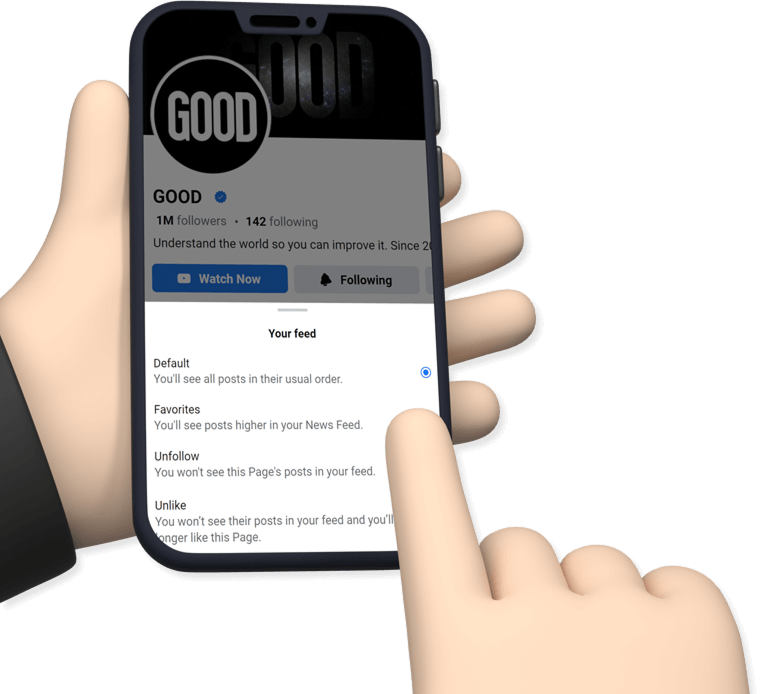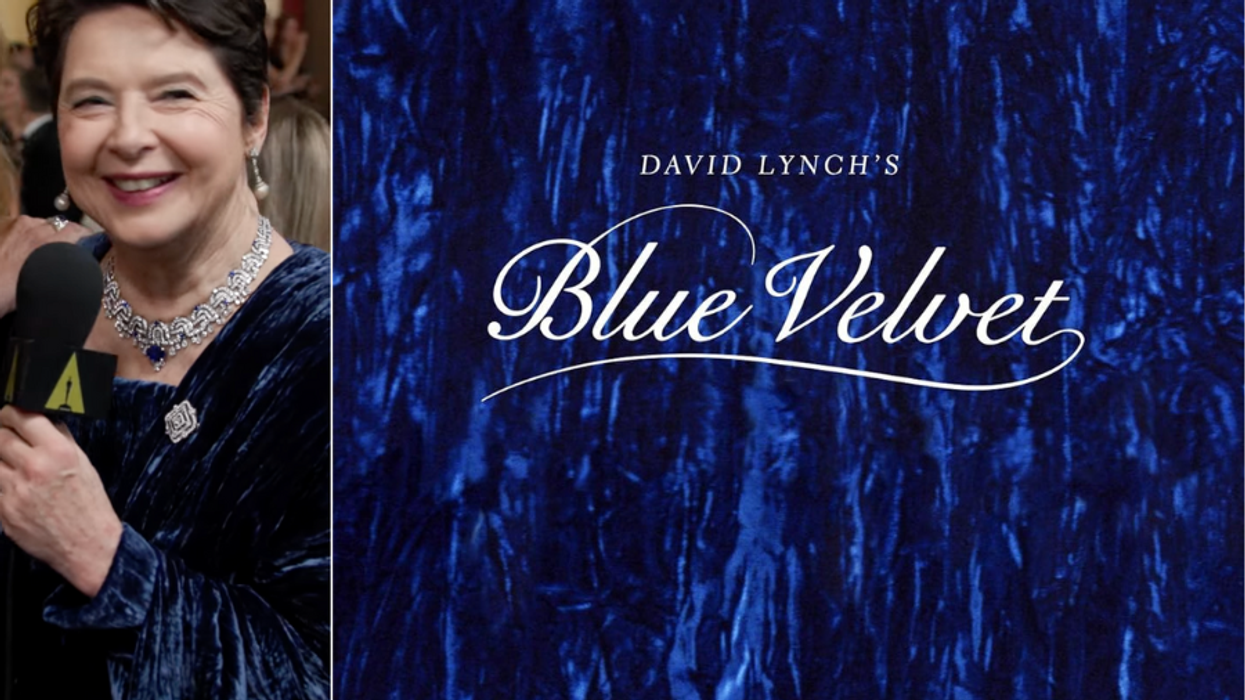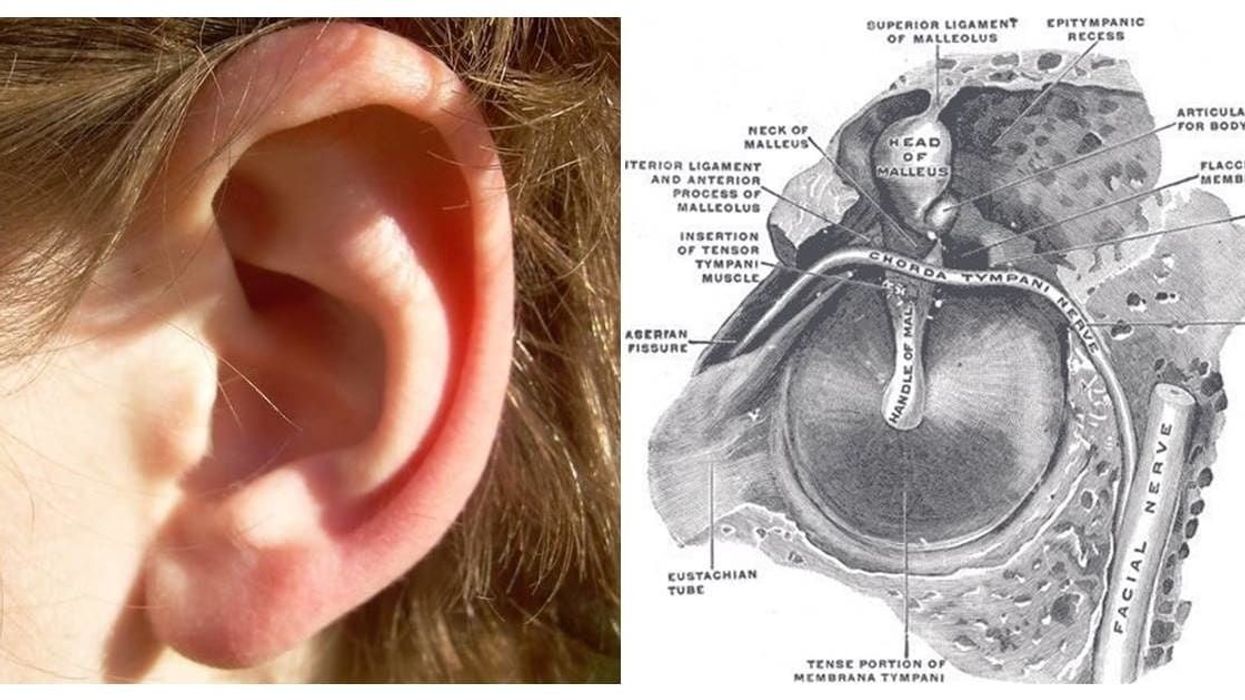Never before have so many channels competed for our waning attention. The world is coming to us in print, on television, on the internet, and in countless other ways. Staying current is simply a matter of fact-the only question we face is, How?Take a look at the front page of The New York Times. Chances are, like most people you're viewing it above the fold from having just picked it off the stand. Very likely your eyes will scan the main image, positioned several inches from the top, then dart over the headline (if it has one) before settling a moment on the authoritative logo. Notice how the tail of the "Y" drops below the baseline, its thick curve finishing in a point directly above the edition date. Have you got your bearings? All of this takes place in a matter of seconds; before you have even opened the spread to reveal the bottom half, you have been apprised of no less than three stories.
 The front page of a newspaper communicates information hierarchy through subtle psychological cues that direct your eyes around the page.Modern newspaper design (the front page especially) is a calculated mix of graphic artistry, mathematics, and psychology wherein images, modular layouts, and headlines are orchestrated to convey the maximum amount of information in the minimum amount of time. It wasn't always this way, though. As recently as the mid-20th century, newspapers such as the Times employed rather verbose headlines underneath which trailed a thicket of articles, eight columns wide. Expedience was not the mot du jour.Though not specifically responsible for the evolutionary redesign of the Times, the recently deceased Edmund Arnold is widely recognized as the father of modern newspaper design, having introduced the notion of horizontal layout, graphic elements (such as white space between articles), and key focal areas (ever notice how a lead story is generally in the upper right section?).-BRIAN FICHTNER
The front page of a newspaper communicates information hierarchy through subtle psychological cues that direct your eyes around the page.Modern newspaper design (the front page especially) is a calculated mix of graphic artistry, mathematics, and psychology wherein images, modular layouts, and headlines are orchestrated to convey the maximum amount of information in the minimum amount of time. It wasn't always this way, though. As recently as the mid-20th century, newspapers such as the Times employed rather verbose headlines underneath which trailed a thicket of articles, eight columns wide. Expedience was not the mot du jour.Though not specifically responsible for the evolutionary redesign of the Times, the recently deceased Edmund Arnold is widely recognized as the father of modern newspaper design, having introduced the notion of horizontal layout, graphic elements (such as white space between articles), and key focal areas (ever notice how a lead story is generally in the upper right section?).-BRIAN FICHTNER
condense
In the ongoing battle to maintain an overstimulated audience bent on multitasking, even TV newscasters are being supplemented with a constant stream of factoids running along their imaginary waistlines. ESPN was one of the first networks to permanently adopt the news ticker, originally employed for severe weather warnings and school closures, for quick reporting of scores. In a matter of years, the "crawl" has become a given on every network, sometimes superseding the newscaster, as Saturday Night Live once parodied in a skit featuring Darrell Hammond as Wolf Blitzer. While you can't download your own personal reporter, news providers such as CNN, Fox News, and the BBC now offer ticker applications for the computer desktop, presumably to our hyper-connected benefit.
compile
Awash with information, we are all in need of the tools to distill and parse our stimuli. For the moment, there have been few developments in the service sector toward meeting this need. While many large financial corporations subscribe to the Bloomberg Professional service-a real-time financial-information network that employs a split-screen interface dubbed the Bloomberg Terminal-there are a host of people and industries that could benefit from advanced filtration of their news.
refine
Paying to have our news filtered for us is a slippery slope. Perhaps what we really need is a news diet, a more balanced consumption marrying the principles of economy and excellence. European papers seem to have this in spades. The recently redesigned, Berliner-sized French monthly Le Monde diplomatique merges the graphic qualities of a magazine with the authoritative typography of a revered institution. The result is a newspaper designed for brevity, but never lacking in thoroughness-diplomatic indeed.Luke's pick: Last year's relaunch of the Guardian newspaper in the U. K. is a masterpiece of editorial design-bright and engaging, but also appropriately serious. Despite its magazine-like bravado, the design manages to step aside, giving content center stage. The daily treat is its poster-sized, double-page centerfold photograph, printed in high resolution. It's one of the experiences a website can't provide. If newspapers have a future, they'll probably look like this.-LUKE HAYMAN
Last year's relaunch of the Guardian newspaper in the U. K. is a masterpiece of editorial design-bright and engaging, but also appropriately serious. Despite its magazine-like bravado, the design manages to step aside, giving content center stage. The daily treat is its poster-sized, double-page centerfold photograph, printed in high resolution. It's one of the experiences a website can't provide. If newspapers have a future, they'll probably look like this.-LUKE HAYMAN












